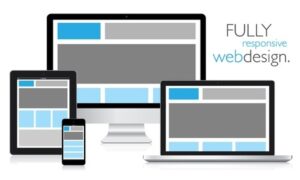
Advantages
The advantage of this when considering whether to have a responsive site versus a separate mobile site is that it can save both time and money because two separate sites do not need to maintained. It creates a consistent visual identity to users across platforms, reducing confusion and increasing brand awareness. In addition, from an SEO perspective, it creates a consistent URL for users and search bots, which increases clicks and in turn, increases site visibility when searched via Google. This is because a responsively design is more efficient for Google’s link algorithms and crawlers.
Because Google Says So
According to Google’s Webmaster Central Blog,”It keeps your desktop and mobile content on a single URL, which is easier for your users to interact with, share, and link to and for Google™s algorithms to assign the indexing properties to your content.
Google can discover your content more efficiently as we wouldn’t need to crawl a page with the different Googlebot user agents to retrieve and index all the content.”
In conclusion, although responsive design may not be the right solution for everyone, there are clear advantages worth considering. It can improve user experience, save time and money over the long run, and increases a improves SEO by sticking with Google’s recommendations, improving click frequency by having just one URL, decrease the bounce rate by increasing sire functionality across platforms, and gives a website a modern, user-friendly look that will encourage people to come back.
Need some online marketing help? Our consultants are always ready to answer your queries.



